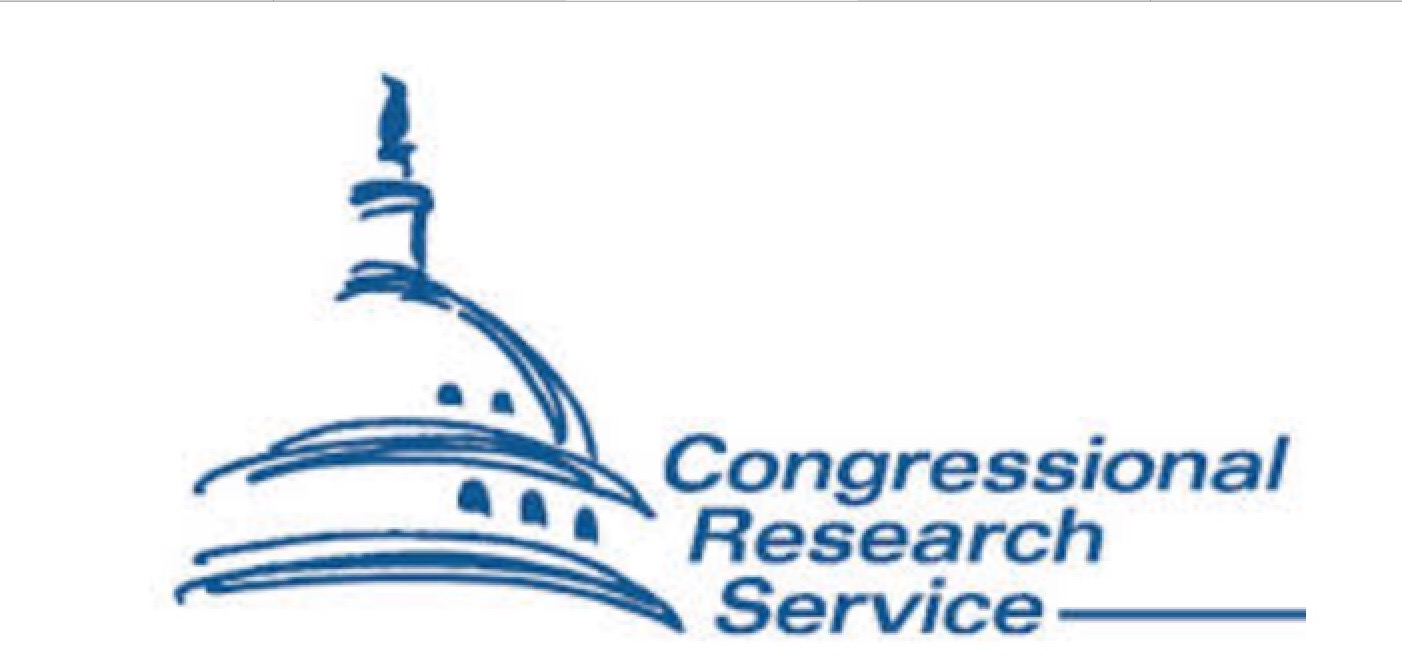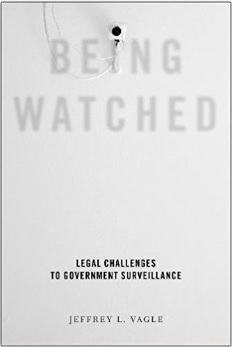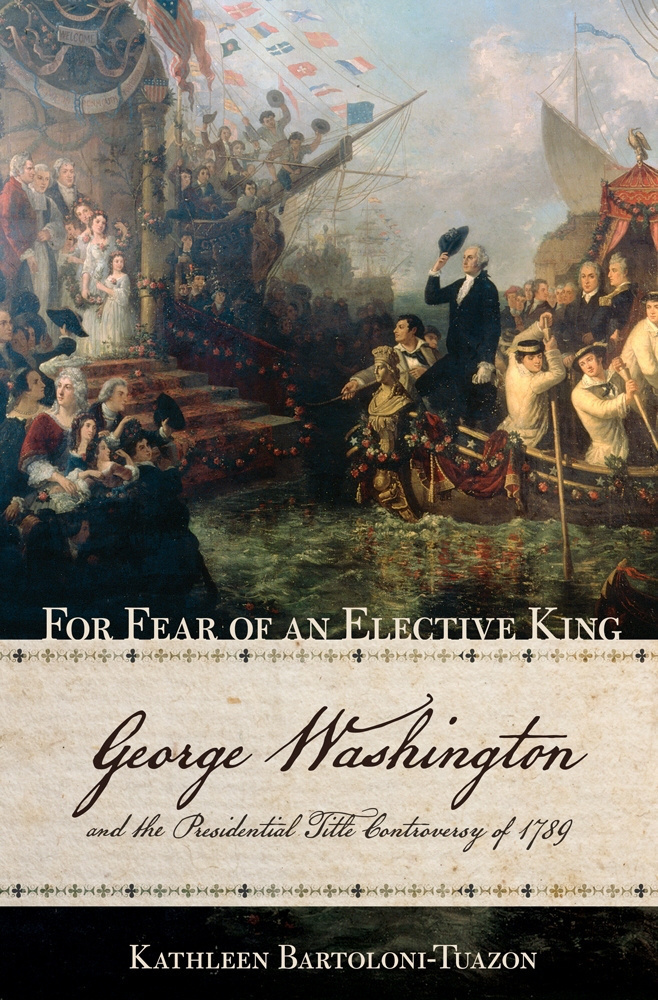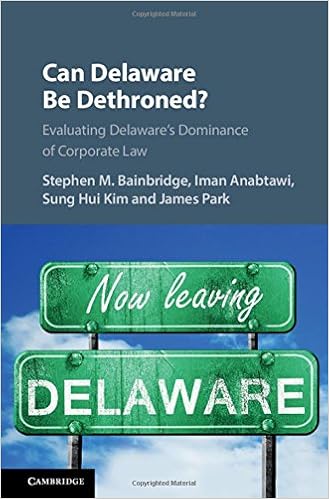 All non-confidential reports of the Congressional Research Service must be made publicly available online through a Government Publishing Office website within 90 to 270 days under the 2018 omnibus appropriations act that was passed by Congress and signed by the President last week. Buried in the 2,232-page fiscal 2018 omnibus spending bill is a much-debated provision to require the Library of Congress to post all the lawmaker-requested reports on a central website.
All non-confidential reports of the Congressional Research Service must be made publicly available online through a Government Publishing Office website within 90 to 270 days under the 2018 omnibus appropriations act that was passed by Congress and signed by the President last week. Buried in the 2,232-page fiscal 2018 omnibus spending bill is a much-debated provision to require the Library of Congress to post all the lawmaker-requested reports on a central website.
AVAILABILITY OF CRS REPORTS THROUGH LIBRARY OF CONGRESS WEBSITE.
(1) WEBSITE.— (A) ESTABLISHMENT AND MAINTENANCE.—The Librarian of Congress, in consultation with the CRS Director, shall establish and maintain a public website containing CRS Reports and an index of all CRS Reports contained on the website, in accordance with this subsection.
(B) FORMAT.—On the Website, CRS Reports shall be searchable, sortable, and downloadable, including downloadable in bulk.
(C) FREE ACCESS.—Notwithstanding any other provision of law, the Librarian of Congress may not charge a fee for access to the Website.
(2) UPDATES; DISCLAIMER.—The Librarian of Congress, in consultation with the CRS Director, shall ensure that the Website—(A) is updated contemporaneously, automatically, and electronically to include each new or updated CRS Report released on or after the effective date of this section; (B) shows the status of each CRS Report as new, updated, or archived; … Any CRS Report may be reproduced and distributed in its entirety without permission from CRS. However, as a CRS Report may include copyrighted images or material from a third party, you may need to obtain the permission of the copyright holder if you wish to copy or otherwise use copyrighted material.’’
The move is the culmination of more than two decades of efforts to encourage, cajole or coerce Congress into making the reports broadly available to the public. Finally, Congress will make the non-confidential reports available to every American for free. See Long-Proprietary Congressional Research Reports Will Now Be Made Public by Charles S. Clark, March 23, 2018.








 A BLS Library Blog post titled
A BLS Library Blog post titled  Among the February 1, 2017
Among the February 1, 2017  The right of same-sex couples to marry triggered decades of intense conflict before the U.S. Supreme Court upheld it in the 2015 decision
The right of same-sex couples to marry triggered decades of intense conflict before the U.S. Supreme Court upheld it in the 2015 decision